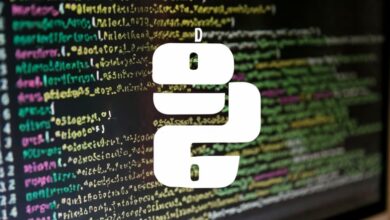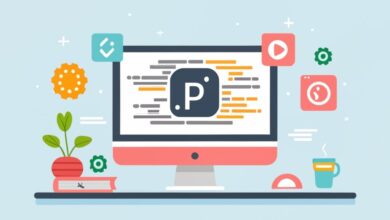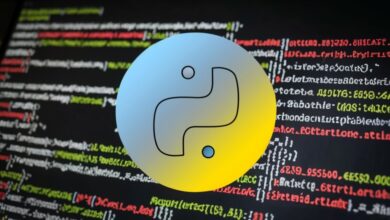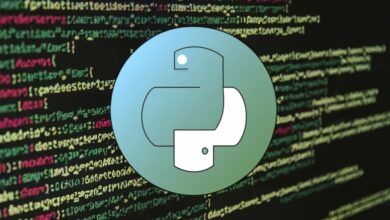
What are Python Comments
Decoding the Hidden Gems: A Guide to Python Comments
In the bustling world of code, where lines of intricate logic dance across the screen, comments shine as hidden gems. Often overlooked, these seemingly simple annotations breathe life into Python programs, serving as silent companions that illuminate intent, clarify purpose, and guide future explorers. This guide delves into the fascinating realm of Python comments, unveiling their power and equipping you with the knowledge to leverage them like a coding pro.
1. Why are Comments Crucial?
Imagine navigating a complex road network without signposts. Your Python code, no matter how elegant, can leave future readers (including yourself!) disoriented without the guiding light of comments. Here’s why they’re crucial:
- Enhanced Readability: Comments break down complex logic into digestible chunks, making your code easier to understand for both novices and veterans alike.
- Improved Maintainability: As your code evolves, comments act as time capsules, preserving your initial thought process and facilitating future modifications or debugging.
- Documentation and Collaboration: Comments serve as valuable documentation, explaining algorithms, functionalities, and decision-making processes within the code, fostering smoother collaboration and knowledge sharing.
- Self-Reflection and Learning: Writing comments forces you to articulate your thought process, solidifying your understanding of the code and highlighting areas for potential improvement.
2. The Symphony of Syntax: Different Types of Comments
Python offers a versatile orchestra of comment styles, each serving a distinct purpose:
- Single-Line Comments: Introduced with the hash symbol (#), these are ideal for brief annotations directly below or beside relevant lines of code.
Python
# This variable stores the user's input
user_name = input("Enter your name: ")
- Multi-Line Comments: Enclosed by triple quotes (“”” or ”’), these allow you to document more extensive explanations or block out code sections temporarily.
Python
"""
This function calculates the area of a triangle.
Args:
base: The base length of the triangle.
height: The height of the triangle.
Returns:
The area of the triangle.
"""
def triangle_area(base, height):
return 0.5 * base * height
- Documentation Strings (Docstrings): Triple-quoted strings placed immediately after function definitions provide detailed documentation, including descriptions, arguments, return values, and examples.
Python
def greet(name):
"""
Prints a personalized greeting message.
Args:
name: The name of the person to greet.
Returns:
None
"""
print(f"Hello, {name}! How can I help you today?")
3. Best Practices for Commenting Like a Pro
Transform yourself from a casual commenter to a maestro of clarity with these best practices:
- Be Clear and Concise: Avoid ambiguity and focus on conveying the essential purpose of your code segment through the comment.
- Context is Key: Tailor your comments to the specific code they reference, providing relevant details without unnecessary redundancy.
- Grammar Matters: Strive for grammatically correct and well-formatted comments for enhanced readability and professionalism.
- Update Comments: As your code evolves, don’t forget to update your comments to reflect the latest changes and maintain accuracy.
- Don’t Overcomment: While valuable, excessive comments can clutter your code. Aim for a balanced approach that provides necessary information without overburdening the reader.
4. Beyond the Basics: Advanced Commenting Techniques
As your coding skills flourish, explore these advanced techniques to unlock the full potential of comments:
- Live Examples: Embed code snippets within comments to illustrate complex algorithms or workflows directly.
- TODOs and Notes: Flag areas requiring further development or implementation with clear “TODO” notes within comments.
- Version Control Integration: Utilize version control systems like Git to track changes made to your code and comments, showcasing the evolution of your thought process.
5. Remember: Comments are Not Invisible
Embrace the power of comments! By incorporating them thoughtfully and strategically, you transform your Python programs from mere lines of code into self-explanatory narratives, enriching your own understanding, guiding future iterations, and fostering a vibrant community of collaboration within the Python ecosystem. So, unleash your inner commentator, let your words illuminate the intricate logic of your code, and watch your Python skills soar to new heights!
Remember, the art of commenting is a continuous journey of exploration and refinement. Keep practicing, learn from the coding community, and never underestimate the transformative power of a well-placed comment. Happy coding!




